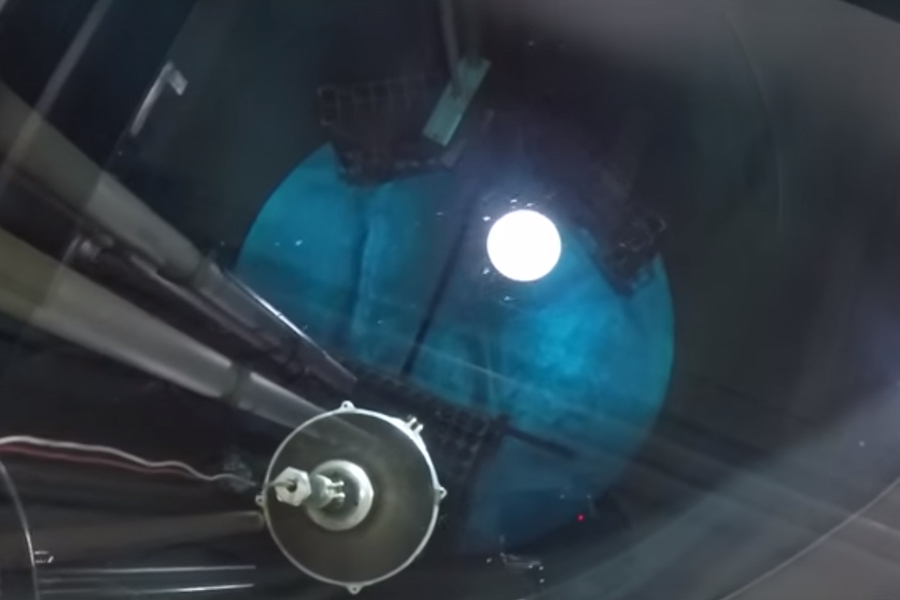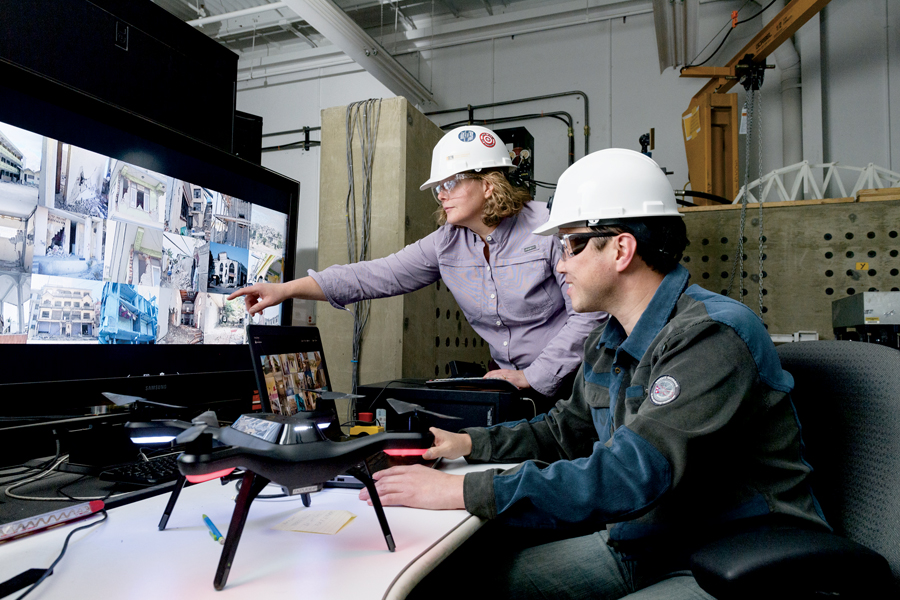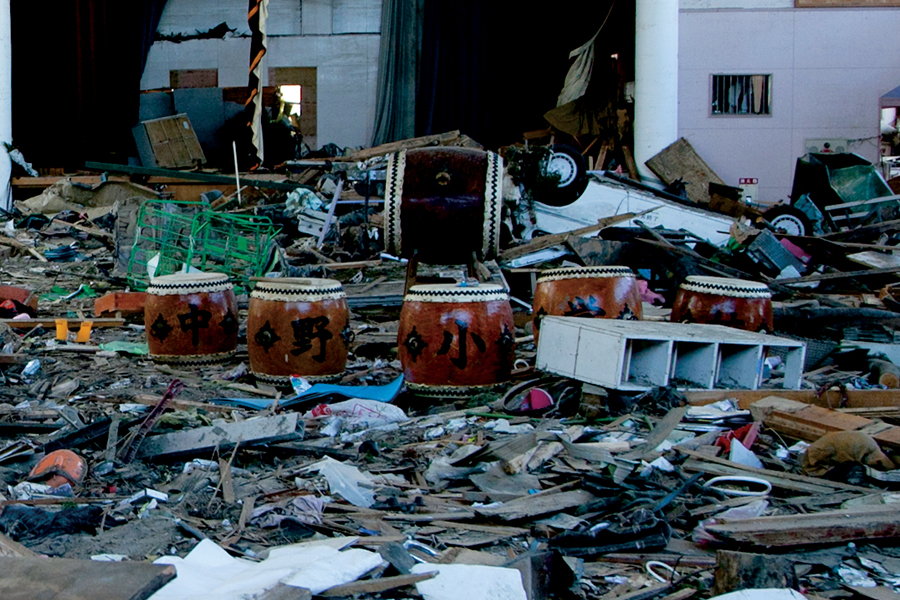Neural networks promise future robots, drones and other “edge devices” the capability to automatically inspect elements of the infrastructure for cracks and corrosion and providing life-saving emergency-management services.
“Civil infrastructures constantly face aging issues, natural hazards, poor usage and extreme weather conditions,” says Mohammad R. Jahanshahi, assistant professor of civil engineering. “This causes degradation in the service life of the infrastructure, and the damage or defects may propagate over time and potentially be harmful or dangerous. For instance, potholes, corroded underground sewer pipelines and cracks in building or bridge columns could lead to serious deterioration and even catastrophic events if not detected early.”





